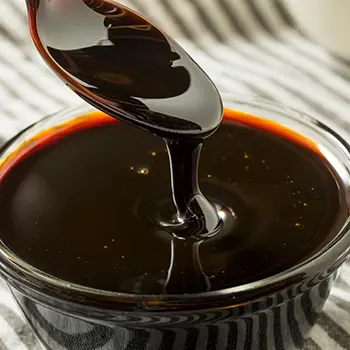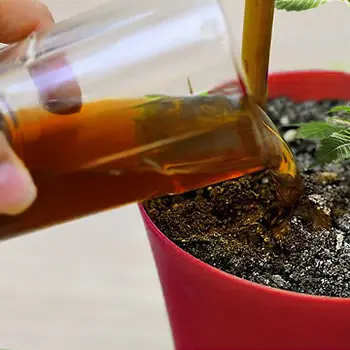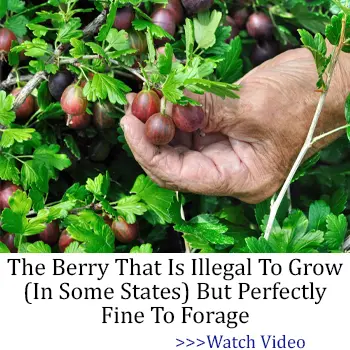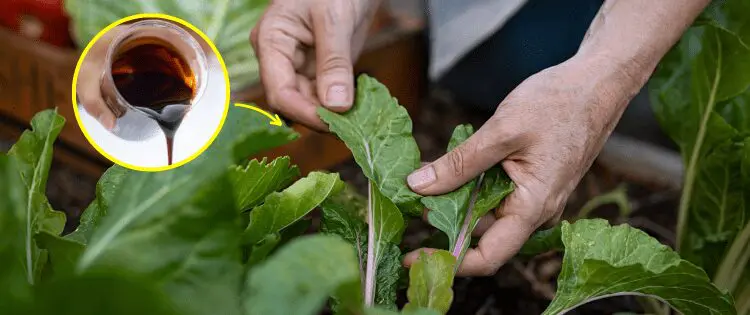I don’t often talk about the exact procedure that you need to work with to make the best of your blossoms and to heavily fertilize your plants. …And, let’s be real, to make your entire garden area smell like someone’s just baked something delicious.
Today, I’m talking about molasses and all its wonderful ability to help out your garden. Don’t believe me? Don’t worry; I was flummoxed the first time that I heard about using molasses in the garden, too. Let’s jump right in and get you spraying this sweet goodness everywhere in no time!
Why Molasses? Won’t It Make Everything Sticky?
Generally speaking, I encourage you to mix molasses with other sprays and mix-ins. Milk baths are commonly used, egg whitewashes, and so on and so forth. Basically, if you’re already hosing down your garden with an additive, a little bit of molasses will help, too.
And, yes, it can make things sticky even in small quantities. It may also attract ants if your area has a problem with them. The solution to that? Add traditional poisonless ant traps or salt a small path around your plants (where it won’t soak into the roots of your plants or anything neighboring) to discourage ants from trekking in and tearing up all your hard work.
You can also get a turkey injector and gently (carefully) inject the molasses water/milk (or whatever mix you’re using) beneath the soil, too. This should help keep pests from being attracted to your sweet new plants and avoid them becoming a sticky disaster area. This is especially helpful if you’re like me and not a really big fan of the smell that molasses has. Many people love it. Many people also love maple syrup. I’m not a very big fan of either, so I usually dilute molasses 1:5 in warm water, let it cool just enough to be room temp, and go gently inject it underground instead of on top of everything.
Calcium-Loving Plants That Love Molasses
Molasses has a ton of macro and micronutrients for your plants. Though nightshades are especially in love with molasses, a great deal of melons and squash seem to perk up with a little dose, too.
If you see your plants looking a little droopy due to endlessly hot weather or just because they’re having a tough time with pests or a rough drought, this is a great way to get nutrients to uptake very quickly into your plants. It’s also a nice way to give them a sugar rush.
Just like us, plants react to sugar very well. After all, they’re pretty simple machines. Most of what they make is either making use of their version of sugar to power themselves or uptaking water as much as they can. So when I offer them sugar, most are very readily willing and able to store some of that sugar away.
What happens to us when we store sugar away? We beef up a little bit, don’t we?
The same thing will happen to your plants. While I don’t recommend flooding your plants with molasses, honey, or any other type of sugar (or mix with sugar), it is a blessing to give them so many assorted minerals and vitamins mixed with a sweet concentrate that they gulp down. The extra energy lets them put the molasses to better use, too.
When And Where?
Isn’t that the question?
This is all somewhat dependent on your soil, your area, and what weather you’re experiencing. I would recommend a molasses drench to an eggplant plant in a sunny desert toward the beginning of its flowering season, but not toward the end of its fruiting season; there’s not much of a point then and all you’ll be doing is swelling your eggplants for no purpose.
Or, for instance, let’s say that you’re drenching a Yukon Gold potato plant that’s had a rough time with pests. It’s a good idea, but if you’re concentrating on trying to repair foliage, you need to do it when it’s reasonable for that plant to put effort into the foliage. You don’t want to do it near harvest simply because you’ll end up with more greens (completely useless for our purposes and for any livestock consumption for that matter) than you will potatoes. The plant doesn’t realize what your goal is.
I don’t often say “Do your research and do it that way” because that’s what I’m here to do: to be an asset to your research and help you out the best I can. Unfortunately, this is one of those very broad topics in which we don’t really have the ability to narrow down your soil type and quality, what plant you’re looking after, and where in the season your weather and that plant are. Hot pepper in Florida needs molasses at a much different time than a tomato in Pennsylvania.
My suggestion this time around? Speak to local master gardeners and get their suggestions. It could be that it’s even advisable to wait until after you’ve pulled your garden for the season and till in a sticky mixture of say, bone meal and molasses, to settle over the winter and really give your baby plants a boost in calcium the coming spring. Or maybe they’ll say that molasses is too strong to add to your garden in your area because you already have a heavy quantity of limestone in the soil.
Final Thoughts
I can give you a general idea, but your best bet, in this case, is to talk to your local gardening community to further nail down exactly what is best for you, your plants, and your soil.
Have you dealt with molasses in the garden? Do you have a favorite way to add it as an addition to a fertile garden (or a fallow one!), or do you prefer to go without it? We’d love to know. Leave your comments down below to chat with us about molasses and remember, Happy Gardening!
You may also like:
What Happens If You Spread Coffee Grounds In Your Garden
Similar to Morphine: The Best Natural Painkiller that Grows in Your Backyard (Video)














